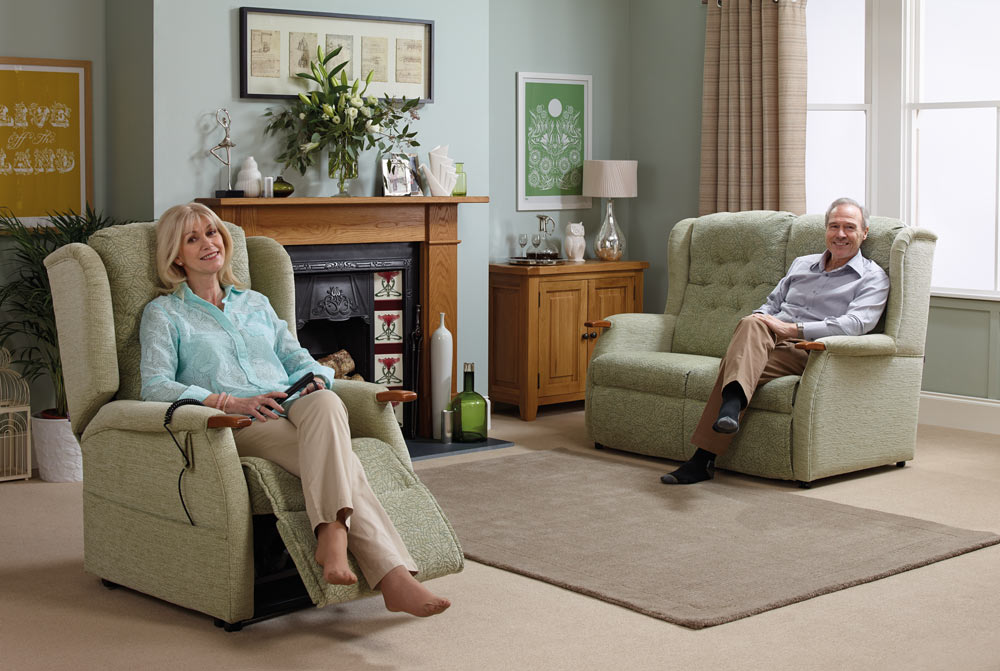A hip replacement is a common surgical procedure that involves removing the damaged hip and replacing it with an artificial one. Anyone of any age could need one, however, they are most needed for people between the ages of 60 and 80. A modern artificial hip joint usually lasts for at least 15 years and with it, most people experience a significant reduction in pain and some improvement in mobility.
The most common type of hip implant is a metal implant for the ball and socket joint of your hip.
When is a total hip replacement needed?
Hip replacements are needed when the joint is damaged or worn to the extent that your mobility is reduced and you experience pain even while resting. The main reasons for your hips to become damaged are…
· Osteoarthritis – this is a condition that causes joints to become painful and stiff due to the soft tissues and cartilage breaking down.
· Rheumatoid arthritis – this is a long-term condition that causes pain, swelling and stiffness in the joints. It is an autoimmune disease, which means your immune system – which usually fights infection – attacks the cells that line your joints by mistake.
· A hip fracture – this is when there are cracks or breaks in the top thigh bone near the hip joint. They are usually caused by an injury.
· Septic arthritis – this is an inflammation of the hip joint caused by a bacterial infection.
· Ankylosing spondylitis – this is a long-term condition with painful and swollen joints. There is no known cause, but it is thought to be linked to a particular gene called HLA-B27.
· Bone dysplasia – this is a disorder related to unusual bone growth.
Who is offered hip replacement surgery?
A hip replacement surgery is a major procedure and will only be recommended if other treatments like physiotherapy or steroid injection haven’t helped. You will also have to go through the national joint registry. You may need one if…
· You have severe pain, swelling and stiffness and reduced mobility.
· The pain interferes with your quality of life and sleep.
· Everyday tasks are becoming impossible.
· Feeling increasingly depressed because of the pain and the lack of mobility.
· You can’t work or have a normal social life.
· You will also need to be able to cope with major surgery and the rehabilitation afterwards.
Recovering from hip replacement surgery
Recovering from a hip replacement can be a lengthy process. After the surgery, you will need a walking aid to help support you. You may also be enrolled in an exercise programme that’s designed to help you regain mobility and improve the use of your new hip joint.
It’s usually possible to return to light activity within 6 weeks, however, recovery will be different for everyone. Always follow the advice the hospital gives you.
After the surgery, you’ll feel discomfort while walking and exercising. You’ll be put on anti-inflammatory medicine to help with the pain. In the following weeks, a physiotherapist will help you strengthen your hip. They’ll teach you how to bend, sit and avoid damaging your hip.
When you get home, you will feel tired due to the major operation and your muscle and the tissue surrounding your new hip will take time to heal. Your rehabilitation will be monitored by a physiotherapist. They will help you rebuild that muscle around the hip with exercises to help you get your mobility back.
If the new hip isn’t looked after then revision surgery might be necessary.
How to look after your new hip
Due to the type of surgery, everyone is different and will recover at different speeds depending on your age, general fitness, the condition of your joints and muscles and the job or activities you do. Here’s some advice about how to take care of your hip after your surgery…
· Avoid bending your hip more than 90 degrees during any activity.
· Avoid twisting your hip.
· Don’t swivel on the ball of your foot.
· When you turn around take small steps.
· Don’t apply pressure to the wound in the early stages and avoid lying on your side.
· Don’t cross your legs or sit cross-legged.
· Don’t force the hip or do anything that makes your hip feel uncomfortable.
· Avoid low chairs and low toilet seats.
· Be extra careful to avoid falls for the first few weeks by using a walking aid. Take extra care in the kitchen, bathrooms and on the stairs as this is where most falls happen.
Physiotherapists recommend that it’s important to exercise your new hip joint gradually to improve your mobility and to start building muscles. However, if it hurts to put pressure on it, you should listen to your body. Make sure you don’t put your body through too much pain before it’s ready. Don’t try and walk too soon and make sure you take lots of rest.

How can riser recliner chairs help with hip replacement recovery?
A way you can make sure that you get the rest your body needs and the support your hips need to heal properly is by getting a rise and recline chair in your living room. The reasons are three-fold…
Ideally, you want to put as little pressure on your new hip as possible. This is achieved with the riser action of the chair. At the touch of a button, the rise and recline chair will gently lift you out of your seat so you can simply walk away without having to strain your hip joint. Similarly, when you come to sit down again let the chair softly lower you into a seated position, it will diminish the impact on your hip joint aiding a speedy recovery and reducing hip pain.
Furthermore, our Unique High Leg Lift is the highest of its kind. Having your ankles elevated to the same level as your heart encourages easier blood flow. Having good circulation will help your muscles heal and recover.
Lastly, our recliner armchair will place you in the perfect seated position, or ‘zero-gravity’ position. This maximises comfort and gives you the ultimate amount of support your body needs by taking the pressure off of your new hip joint.







